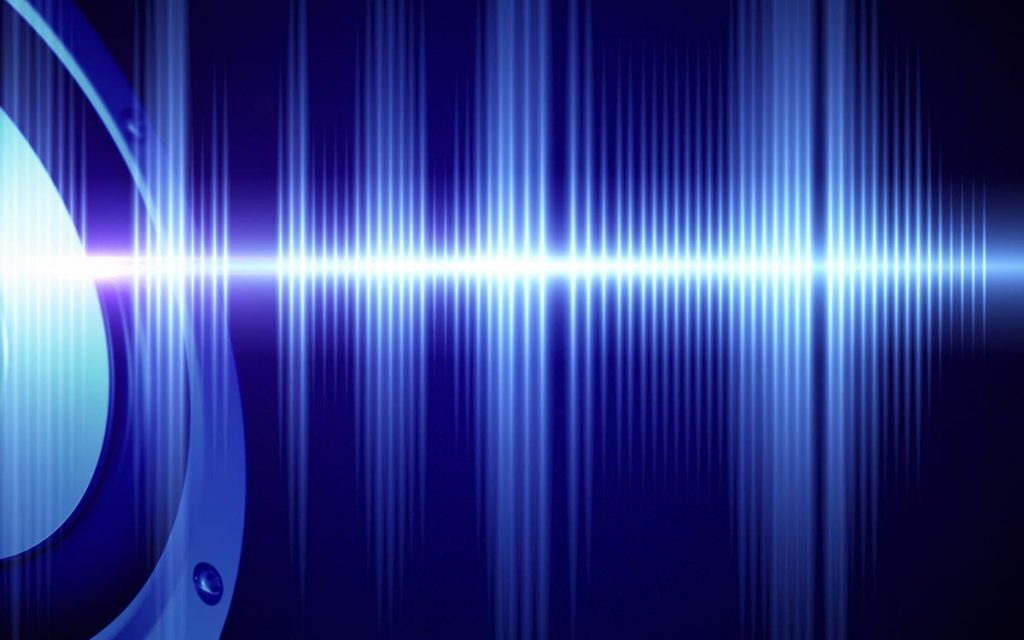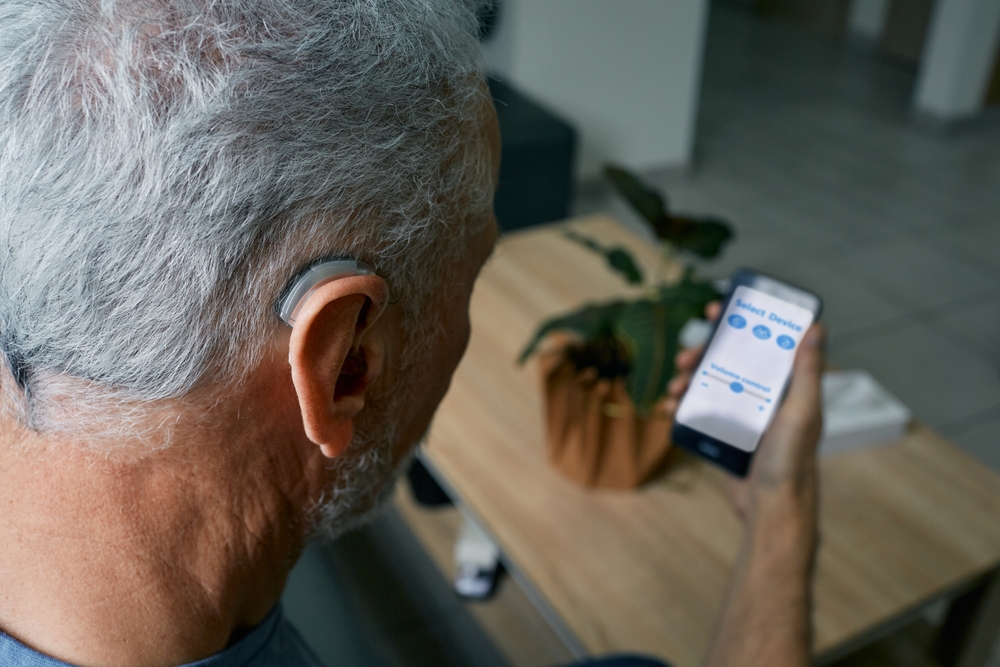Most people do not actually have eyes in the back of their heads. It’s obviously a metaphor. Which means that, as bipedal creatures with stereoscopic vision, we’re stuck with a limited field of vision–a field of vision that, therefore, is augmented by information we get from our other senses. Sights and sounds together help your brain create an entire world–an awareness of your overall environment and situation.
Those parents who had “eyes in the back of the head,” it turns out, really just had great hearing.
However, when your hearing diminishes, that situational awareness–those eyes in the back of your head–can be compromised. And that’s precisely why new technology is being developed and introduced to help those with hearing loss start “seeing” sounds.
But Are You Literally Seeing Sounds?
Okay, okay, unless you have a condition known as Synesthesia, you won’t literally see sounds. When we talk about technology designed to do that–to “see” sounds–it’s just a simple way to discuss how your sight and hearing overlap, stitching together your understanding of the world around you.
Remember the last time you were startled by a loud noise? Maybe someone dropped a coffee mug in the office and you instinctively twisted towards the ceramic catastrophe. That’s because your hearing does a lot more for you than interpret the distinct noises of language–your ears gather information about distance, direction, intensity, and so on.
Using Your Situational Awareness
Not only do you recognize that a coffee mug came crashing down (a tragic waste of coffee), but you also know roughly where that incident happened, how fast the mug was traveling, how far those shards are likely to have traveled, and whether the sound was expected or startling.
And you know all this by hearing it. As your hearing declines, the data you collect from your ears will be incomplete and, therefore, inaccurate. This can be dangerous if you’re walking down the street and don’t hear that GMC rounding the corner. And if you don’t hear an oncoming truck, you may never look in that direction.
Sound and Vibration
That’s why new hearing aid technology that uses a combination of sound and vibration to help you increase your situational awareness is so important. Here’s how the technology typically works:
- A small microphone will be attached to a device you wear.
- The microphone is programmed to monitor for certain sounds.
- When those sounds are detected, the device will use lights or vibration to make you aware of the sound and the direction from which the sound is coming from.
- When you see the lights or feel the vibration, you can take appropriate action.
The goal of the technology is to complement the ways that hearing aids are used on a daily basis. In theory, someone wearing one of the devices could more easily be warned about an approaching vehicle or keep the beat during a musical performance.
The vibration can be calibrated to provide information about distance, direction, and intensity, all of which helps build situational awareness.
A New Feature in Hearing Aids?
Whether this feature will be incorporated into future hearing aids or remain separate devices on their own is difficult to say with much certainty. However, given how much technology is currently packed into modern hearing aids, we wouldn’t be surprised to see this feature added to future models (complete with an app on your phone that lets you calibrate and control every vibration).
The incorporation of these new features that allow you to “see” sounds–to have those eyes in the back of your head–into hearing aids could help those with hearing loss maintain their independence, lifestyles, and social bonds.
You’ll be able to avoid threats (such as oncoming vehicles), enjoy social interactions (you won’t be shocked when someone walks up behind you), even enjoy music (it’ll be easier to keep the beat) in a more natural and intuitive way. With these new devices, you won’t need eyes in the back of your head.


